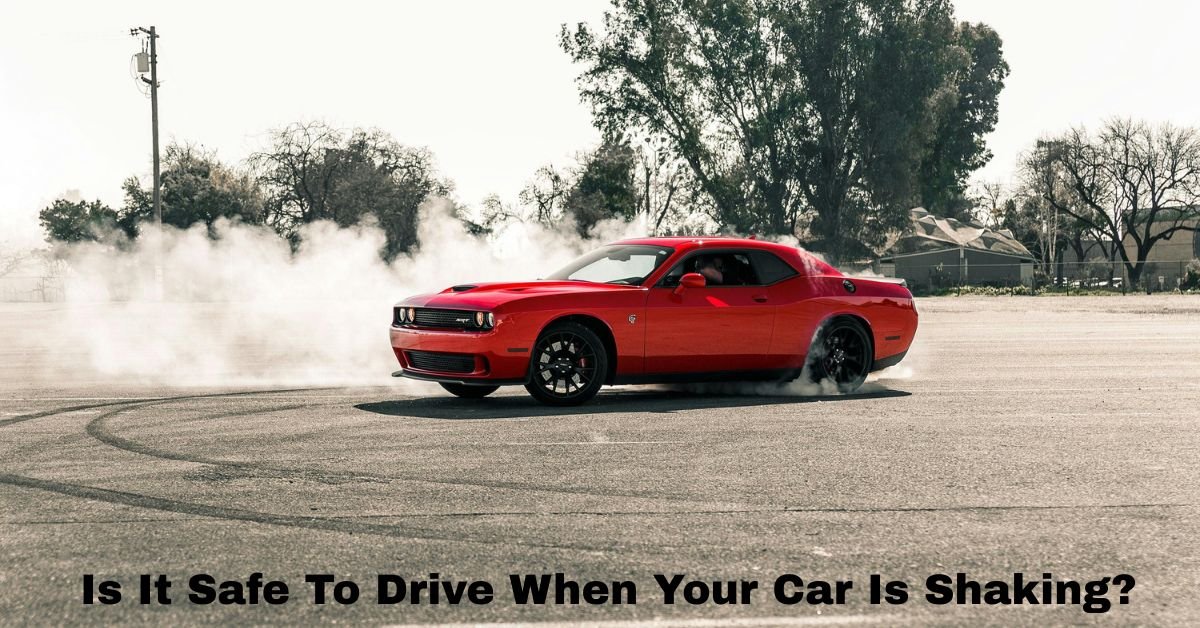We’ve all been there—you’re driving down the road, and suddenly, your car starts shaking. Maybe it’s a light vibration in the steering wheel, or perhaps your entire vehicle feels like it’s bouncing. It’s unsettling, a little scary, and it raises a question most drivers have thought at one point: Is it safe to keep driving when your car is shaking?
The short answer? It depends. The long answer? Let’s dive into what might be causing the shaking, how serious it might be, and whether you should pull over or just book a mechanic visit soon.
Is It Safe to Drive When Your Car Is Shaking?
What Causes a Car to Shake?
A shaking car can be the result of a wide range of issues—some minor, others more serious. Here are a few common culprits:
1. Wheel or Tire Problems
This is one of the most frequent reasons for shaking, especially at higher speeds. If your wheels are out of balance, have uneven wear, or one of your tires is damaged or improperly inflated, it can cause vibration. Alignment issues can also lead to shaking, especially if the steering wheel is trembling.
2. Brake Issues
If your car shakes when you apply the brakes, the problem may be with warped brake rotors or worn-out brake pads. This is a safety concern, since faulty brakes directly affect your ability to stop quickly.
3. Engine Troubles
Shaking during acceleration or when idling might point to engine issues—like a misfiring cylinder, faulty spark plugs, or problems with the fuel or air system. These can seriously affect performance and fuel efficiency.
4. Suspension or Steering Problems
Your car’s suspension system may be worn out or broken if it feels bouncy, shaky, or unstable. Similarly, loose or broken steering components can make the car shake or pull to one side. This is definitely a red flag.
5. Drivetrain Issues
Problems with your drivetrain—such as a worn CV joint or a failing driveshaft—can also cause vibrations, especially when accelerating or turning. These problems tend to get worse over time and can eventually lead to part failure.
Must Read: How To Renovate Leather Car Seats?

Is It Safe to Keep Driving?
Let’s be clear: shaking is always a sign that something isn’t right. Whether it’s safe to keep driving depends on the severity and cause of the vibration.
When It Might Be Safe:
- The shaking is very light and only occurs at high speeds.
- The steering feels stable.
- There are no warning lights on the dashboard.
- You’re on your way to a mechanic or tire shop.
In these cases, it’s not ideal, but driving for a short distance at a reduced speed might be okay—especially if you’re headed straight to get it checked out.
When You Should NOT Drive:
- The shaking is severe or getting worse.
- You feel like you’re losing control of the vehicle.
- There’s a loud clunking or grinding sound.
- The car pulls hard to one side or the brakes feel weak.
- A tire looks visibly damaged or flat.
In these scenarios, pulling over and calling for roadside assistance or a tow is the safest move. Continuing to drive could result in a serious accident or major damage to your car.
Don’t Ignore the Signs
Even if the shaking seems minor, it’s usually a symptom of something deeper that needs attention. Ignoring it could turn a small problem (like unbalanced tires) into a much bigger one (like suspension failure or a worn engine mount). That could mean much more expensive repairs—or worse, a dangerous situation on the road.
Final Thoughts
Driving while your car is shaking isn’t just uncomfortable—it can also be risky. While some causes are relatively harmless in the short term, others can compromise your safety and lead to serious mechanical failures. When in doubt, play it safe: slow down, assess the situation, and get your car inspected as soon as possible.
A little shaking might not seem like a big deal, but when it comes to driving, your safety should always come first.
